Policing at the Margins of Society — And Why I Turned in My Badge
A More Diverse American Mindset Has Left Policing Behind
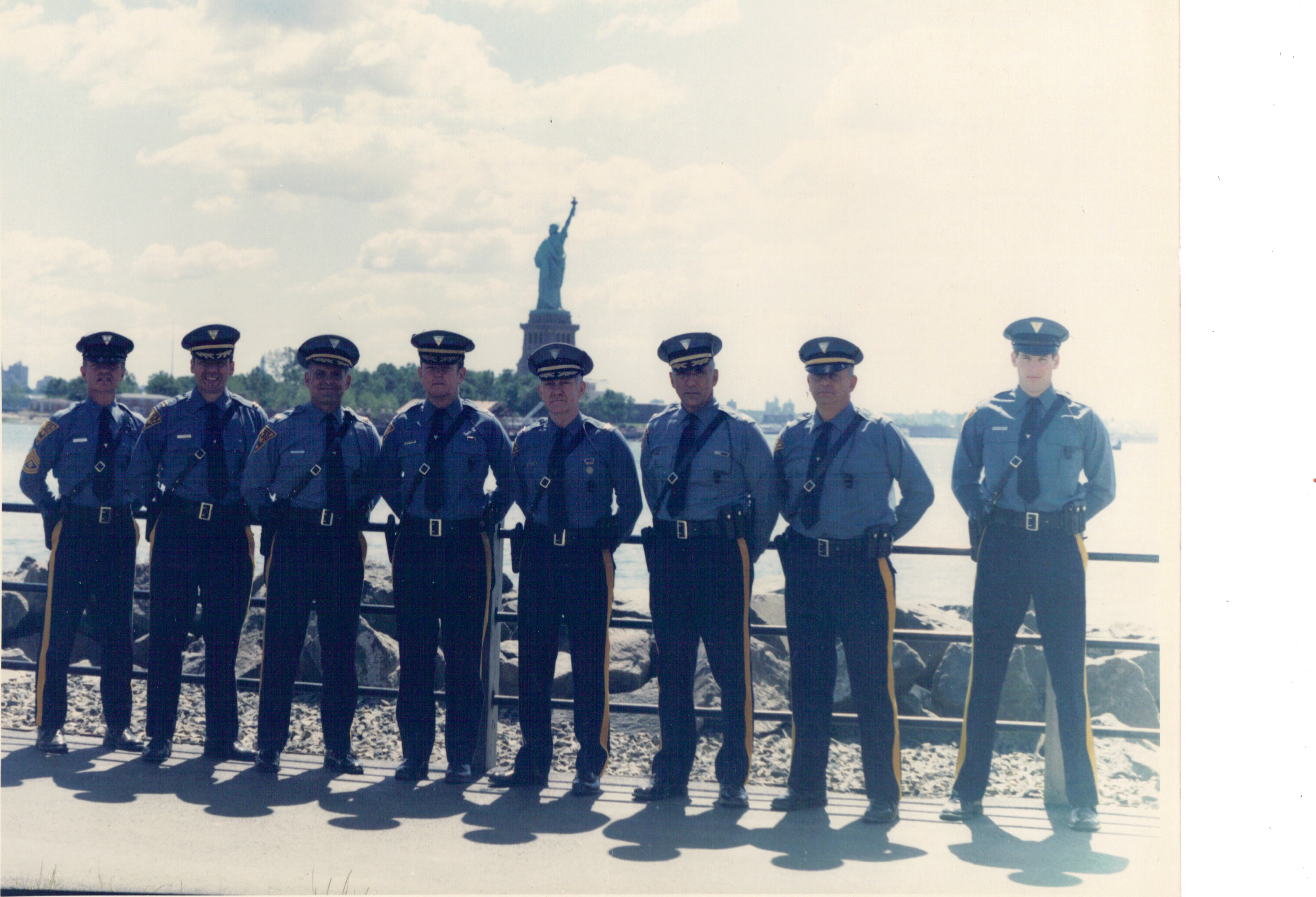
My father was a New York–New Jersey Port Authority police officer. He was a shift commander at the Lincoln Tunnel and Port Authority Bus Terminal in New York when he died suddenly from a brain hemorrhage at the age of 46. I was 17. I never had the opportunity to reconcile the differences with him that commonly arise between an adolescent and his father.
I eventually found myself chasing my father. I wanted to understand him and his experience, especially when he was a cop during the transitional and tumultuous years from the late 1950s into the early 1970s. So I joined the New Jersey State Police and become a trooper in the early 1980s. The ’80s were the decade when our country won the Cold War, surrendered in the War on Poverty, and launched the War on Drugs. These were key years when popular American ideology moved toward the right — and dragged policing with it. The social-political mindset of Americans is certainly more diverse today, but somehow it left policing behind.
I graduated from the state police academy as the “best all-around recruit” in my class. In less than two years I was assigned to the TEAMS unit: an elite squad of troopers cross-trained in SWAT, heavy duty rescue, underwater recovery, and response to hazardous materials fires and spills. My unit was on call 24-7 to respond to emergencies and special operations across northern New Jersey. I mostly worked in the counties bordering or near New York — not far from where my father had worked.
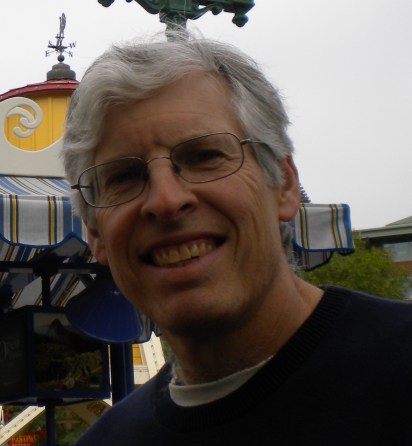
I have many memories from my days as a trooper. Three preoccupy me lately with the recent unjustified police killings of African Americans which have stirred wide-scale protest and provoked sporadic rioting.
The first memory concerns my academy classmate Trooper Carlos Negron. Carlos grew up in Trenton, New Jersey — a tough town that made him street smart. I was tasked to help Carlos with his writing assignments in the academy. He was very intelligent, but English was his second language. I came into the academy having graduated with honors from college with a degree in philosophy. I was not a typical academy cadet at the time; neither was Carlos.
Carlos was patrolling the New Jersey Turnpike during our third year on the job, when he stopped to assist a disabled van. He was unaware that the van’s two occupants were wanted for a double homicide in Queens. They gunned Carlos down as he walked toward their vehicle. Carlos was 29 years old. He left behind a wife and 11-month old baby.
Carlos was the only member of our academy class to die in the line of duty. His death was a personal wakeup call; being a cop was dangerous, no matter how prepared and experienced one became. I concluded that a balanced fear was a necessary survival tactic for my job.
Unfortunately, I would not always balance that fear appropriately — especially as a white cop working in a racially diverse area like northeastern New Jersey.
Interstate 280, which is under the jurisdiction of the New Jersey State Police, runs west to east from Parsippany-Troy Hills through several affluent towns until it crosses the Garden State Parkway in the City of East Orange, then bifurcates the City of Newark, traverses the Passaic River over the Stickel Bridge, winds through Harrison, and terminates at the NJ Turnpike in Kearny. The highway is less than 18 miles long. The economic disparity, however, between the western municipalities along I-280 and those at its eastern end — especially Newark and East Orange — is as wide as a galaxy.
I-280 intersects Highway 21 in Newark at the foot of the Stickel Bridge — at Exit 15. The Christopher Columbus Homes public housing project, with its several towering high rises, loomed over the exit from the north side of I-280 in the 1980s. (The public housing complex was torn down in the 1990s.) Not far from the south side of I-280 at Exit 15 lay the central business district of Newark, including the U.S. headquarters for the Prudential Insurance Company.
In the 1980s the population of Newark was nearly 60 percent black and 30 percent white. It had a poverty rate of 30 percent. African Americans in Newark were disproportionately impoverished. The residents of the Christopher Columbus Homes were nearly all black and among the poorest people in the city — and probably the nation.
I became involved with the Christopher Columbus Homes when the crack epidemic surfaced in Newark in the early 1980s. Crack is a cheap form of cocaine and highly addictive. Crime in Newark exploded as the use of crack quickly swelled. Impoverished urban neighborhoods seemed especially vulnerable to crack — including the people living in the city’s public housing projects.
The area around Exit 15 of I-280 became an epicenter for the crack-driven crime wave. Numerous robberies occurred near the exit’s ramps. Most were carried out by young men from the Christopher Columbus Homes targeting vehicles coming from, or going to, Newark’s business district. The robberies typically entailed purse snatching — a brick or rock was thrown through the passenger window of vehicles driven by lone women occupants. None of the women were injured.
One night, however, a uniformed security guard was found dead lying outside his vehicle with multiple stab wounds on an Exit 15 ramp. It was assumed (without factual basis) that one of the young men from the Christopher Columbus Homes had committed the murder. The TEAMS unit was called in to intervene in the crime spree at Exit 15 and its vicinity, including the public housing project.
The buildings of the Christopher Columbus Homes were bleak, crowded (except for two that had deteriorated so badly that they had been vacated and boarded up), intentionally designed with minimal amenities, and poorly maintained. The complex’s residents, many of whom were members of families led by single women, were trapped in cycles of intergenerational poverty. The failing public schools serving the children of the complex amplified this problem.
I found the living situation for residents of the Christopher Columbus Homes nightmarish. It was obvious that the young black men in the housing complex had little opportunity for gainful employment. Such limited life chances rendered crime as a rational choice. The thriving drug trade, accompanied by state and federal adoption of harsher sentencing for drug crimes, facilitated a high imprisonment rate of the young men in the Christopher Columbus Homes. So did the work of cops like me.
Two things troubled me during my forays into the Christopher Columbus Homes. One was a realization that if I had grown up there, I likely also would have turned to crime. The second, was that I felt afraid when I was in the complex, more than I would have felt if the complex were populated by white people — and even more than when I faced substantially greater danger carrying out other duties on the TEAMS unit.
I was a cop on a highly trained, heavily armed, all-white SWAT team intruding into a community of people whom I feared because they were different and black. It was fear felt at the margins of society. Exit 15 on Interstate 280 was a hole in the fence separating a world of empowered white people from a world of disenfranchised black people. I was part of a guard trying to plug the hole and keep these two worlds apart.
A third memory of my police experience that I can’t seem to keep out of mind these days involved the arrest of an escaped prisoner. He had slipped away from an AIDS ward at Trenton State Prison in late 1986. He was in remission from the disease but had little chance of surviving it; medicines effective against AIDS weren’t available at the time.
My unit was called upon to capture the inmate when he was discovered to be hiding in his mother’s home in East Orange. Troopers were expected to make the actual arrest because the inmate was a state prisoner. The East Orange police assisted us.
The East Orange police surrounded the house and secured the property’s perimeter. My unit was responsible for apprehending the inmate by going into the house to get him, if necessary. State correction officers stood by, ready to transport him back to the prison. I helped lead the operation from the state police side.
The inmate was a younger black man serving a sentence for armed robbery. His extended family was living in the house and present when we arrived to arrest him. One by one, family members were directed to exit the house by loudspeaker — and instructed to walk toward my position of cover behind a police car.
I patted down each adult to assure they had no weapons as they reached my position. It was protocol because the adults in the house were technically harboring an escaped prisoner, although there was no intent to charge them for this. In reality, the inmate’s family was simply sheltering him and providing him with care.
I vividly recall the inmate’s mother coming out, weeping as she approached me. She was traumatized and desperately afraid for her son whom she admitted was inside. I imagined she was deeply offended when I searched her, as were the other adults in the house, most of whom were women and all of whom were also crying. There were also a few children who came out of the house. I never found out how they were related to the inmate, and hoped none were his kids. They were terrified.
Over the loudspeaker we then ordered the inmate to exit the house, slowly with his hands on top of his head. He ignored repeated orders. He also ignored pleas from his mother who later agreed to try to talk him out using the loudspeaker.
The standoff went on for a few hours. People from the neighborhood, all of whom were black, gathered at a distance to watch and became increasingly angry. All the cops on the scene were white. It was a riot waiting to happen. At one point the decision was made for my unit to go into the house and bring the inmate out.
An Essex County K-9 unit police officer and his German Shepherd arrived to assist us. The dog was trained to find and corner hidden suspects. This was a huge advantage for our safety — but made the operation increasingly look like a siege.
Five troopers (including myself), the county officer, and his dog went into the house after the inmate. The house had two stories and many rooms, a number of closets, a full basement, and an attic accessible through a panel door in the ceiling of one of the bedrooms.
We were well versed on how to search buildings and houses. We systematically went from room to room as safely and quietly as possible, hoping to avoid being surprised by the inmate whom we feared might be armed and had little to live for. We always sent the dog in ahead of us.
Each of us took turns being first to enter a room after the dog had cleared it, as best it could. We could not be sure that the dog hadn’t missed the inmate. All of us had our handguns out. We started in the basement and worked our way up. We eventually cleared the entire house except the attic, where we determined the inmate must be hiding.
We moved a dresser underneath the attic panel door to serve as a makeshift platform. The dog didn’t do attics — it couldn’t get on the dresser or open the access panel. We hesitated and stood silently looking at the dresser and attic access panel, not sure what to do next. There was no safe way for any of us to get onto the dresser and push aside the panel door, and quickly enter the attic.
I was now alarmed by how this might go down. If the inmate was armed, would he start shooting at us through the ceiling, especially if one of us tried to access the attic? If he did, I knew we would respond with a barrage of shots from our semiautomatic handguns.
Surprisingly, I wasn’t fearful of getting hurt or dying. Instead, I was troubled that I might be killing another human being. I had never fully thought this through before as a cop — although the possibility had always been there and heightened by being on a SWAT team.
The inmate’s loved ones were nearby, desperately hoping he would come out unharmed — even though he would be returned to prison and likely die there. I had seen the anguish of his mother. I had substantial time to process it while we waited before entering the house. This humanized the inmate for me, who now felt more like someone’s son than a convict. His name was Donald.
Then, thankfully, I heard a muffled voice coming from the attic. Donald was saying he would surrender. I was able to talk him down from the attic carefully onto the dresser and then to the floor, where I cuffed him. We walked him out of the house and turned him over to correction officers.
I was shaken by this experience, and I began to question who I was and why I was a cop. I eventually realized I could not shoot someone — regardless of whether it was justified. This state of mind made me a liability to the people I was supposed to protect as a cop. It was detrimental to the members of the TEAMS unit. We needed to count on each other in situations that could warrant use of a firearm, such as our arrest raids targeting organized crime.
So I resigned from the state police. I’ve never touched a firearm since the day I handed in my badge.
What I experienced as a cop pressed me to learn about poverty and why it was so extreme in places like Newark and East Orange. It baffled me. I would go on to complete doctoral studies that focused on the political economy and urban analysis.
Why poverty persists today in American society and why it impacts African Americans and other people of color at higher rates than white people are complicated questions.
I refer here to the socioeconomic structures I stumbled upon as a cop trying to stop crime committed by young black men at Exit 15 on I-280. Sociologist William Julius Wilson was articulating thinking on the origins and impacts of these structures at the very time I was encountering them.
Wilson published a seminal and provocative work: The Truly Disadvantaged: The Inner City, the Underclass, and Public Policy (1987 & 2012). I read this work and similar studies by other scholars it inspired, when I was a doctoral student.
Using demographic data from Chicago and trends in the urban and national economies, Wilson developed a compelling explanation of intergenerational, black poverty in crime-plagued inner cities. It included discussion of Chicago’s Robert Taylor and Cabrini-Green public housing projects. Reading Professor Wilson’s work made me feel like he had been walking aside me in the Christopher Columbus Homes in Newark — but seeing realities I was blind to.
In sum, Wilson argued that historical racism, public policy, and economic processes placed urban African Americans in a bad place at a bad time.
During the four decades following WWI, African Americans migrated in large numbers from the rural South to northern cities to take advantage of better paying factory work. State and local housing policies, including the allowance of restricted deeds and covenants (prohibiting sales of homes to minorities) corralled African Americans into minority neighborhoods in cities. Redlining by the Federal Housing Authority (refusal to insure mortgages for homes in places where African Americans lived) intensified the concentration of African Americans in segregated neighborhoods. It also impeded their migration to the suburbs — which grew significantly among white people in the 1950s and 1960s with the rise of tract housing after WWII and the passing of the Federal Highway Act of 1956.
Up to the mid-1950s and early 1960s, urban black neighborhoods were generally safe places with families led by married, working adults. The neighborhoods had stores, community centers, churches, and other institutions that helped form communal ties and stability. Then, the urban economy radically shifted.
Industries moved out of the cities, motivated in part by federal tax depreciation law that made it cheaper to abandon outdated factories and build new ones on land available in the suburbs. The factories next moved south where there was less organized labor and more lenient land use regulations. (They eventually went abroad where labor was even cheaper and environmental laws were nonexistent.) City economies became decreasingly industry and increasingly finance-information based.
Black residents who had held decent paying factory jobs, lacked the education and skills sets needed for the changing work opportunities. Black unemployment and poverty rose. The community institutions started to disappear. Housing began to deteriorate.
Urban black family structures also deteriorated, abetted in part by federal welfare policy which by rule was only available to single-parent families at the time. Then the federal Urban Renewal program, using the blunt tool of eminent domain, literally plowed over what were deemed “blighted” city areas — -mostly because they were black and working class, and regardless of whether they had vibrant communities. This displaced poor African Americans and decreased the affordable housing stock available to them.
The Civil Rights and Fair Housing Acts in the 1960s enabled better educated and middle class black people to purchase homes in the suburbs, and have access to better schools for their children. This further weakened black neighborhoods in the inner city.
What resulted by the late 1960s and 1970s was a perfect storm of isolation and concentration of increasingly poor African Americans in collapsing neighborhoods. The residents had little influence to pressure city administrations to provide adequate public services for their communities. Much of their housing became inhabitable. Eventually, housing authorities began to warehouse substantial numbers of black families in housing projects — further isolating and concentrating them from viable areas in cities.
With the increasing power of American corporations and blossoming of conservativism since the 1980s, impoverished minorities have faced enormous challenges in trying to escape their plights. Increasingly, basic needs like housing and health care have been treated as competitive commodities, rather than basic human rights. Unions have been decimated. The real value of wages have declined. Economic inequality has swelled.
Today, even the survival of the middle class of our society seems threatened — further lessening the chances of what William Julius Wilson termed as the black “urban underclass.” The complex process which led to the creation of this underclass is lost on many Americans, who only see its lingering consequence: minorities who are disproportionately unemployed, dependent, and incarcerated. This has helped to villainize African Americans.
In recent times, many of us have become painfully aware that hate for black people, and fear of black people, and feelings of superiority over black people, and blindness to white privilege, are more widespread than we previously believed. In part, this is because racism has been generally more subtle than its overt and extreme manifestation in police brutality.
I am confident that the errant social construct I formed of black Americans at the margins of society is more extensive in the subconscious of white Americans today than innate feelings of hate and supremacy. I believe it is commonly operative when white Americans interact with black Americans in contexts very distant from the inhuman public housing project I got to know in the 1980s.
For example, was not this social construct working subconsciously in the mind of white police sergeant James Crowley when he arrested black Harvard professor Henry Louis Gates Jr. at Professor Gates’s own residence in upscale Cambridge in 2009? I bring up this case because it shows the complexity of race relations in our society, especially when they involve policing.
President Obama called both men to a “beer summit” at the White House. The meeting was cordial. But even our black president, who was raised in a white family, could not guide the discourse to get the men — a reputable white cop and a distinguished black university professor — to share at much depth, what was operating below the surface during their problematic encounter on Professor Gates’s front porch.
I make no excuse for cops who abuse their authority and unjustly harm people — whether racially motivated or otherwise. God knows how many times cops have mistreated black Americans over the years. Cell phones with video cameras and police body and car cameras are recent inventions.
On the other hand, I never knew a cop — good or bad — who wasn’t willing to risk their own life to save someone else’s.
In a society like ours — which resents being policed and constitutionally limits police authority, but simultaneously demands police protection for its citizenry and institutions — every cop is a hero, and a villain, and a victim. Cops are walking, uniformed paradoxes.
The U.S. needs to reform, redesign, and retool its policing, but not reject it. The U.S. needs to diversify, demilitarize and de-escalate its policing, but not demonize it.
I do not believe we will obtain fair criminal justice in our country, however, without also working to eliminate the margins of our society. These are places where inequality and disenfranchisement are most acutely experienced by African Americans and other people of color. These are also places where cops form disparaging images of African Americans and other people of color, and help promulgate such groundless images in the broader populace.
But here’s the problem. The existence of societal margins has been permitted, if not supported, for decades by U.S. presidents, Congresses, the courts, governors, state houses, county and municipal governments, the Republican and Democratic Parties, corporations, and other institutions that have power and/or wealth in our country. They are complicit in the gross overfunding of national defense and security (totaling more than that of the next seven nations, combined), under-taxing of corporations (which underpay for the physical and intellectual infrastructures they rely on), and the related immense growth of inequality between rich and poor. All this while many Americans go without health care, sufficient nutrition, adequate schooling, and livable incomes.
So I hope the intense, tenacious, and heartfelt protest we are seeing today against police brutality and systemic racism doesn’t stop there but eventually finds its way into the deeper trenches of the mostly unchallenged, fundamental economic injustice in our country.

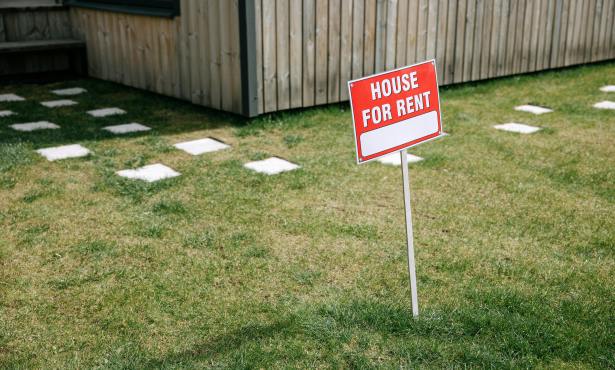
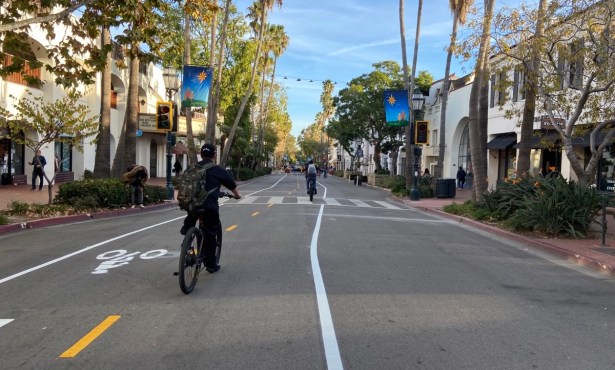
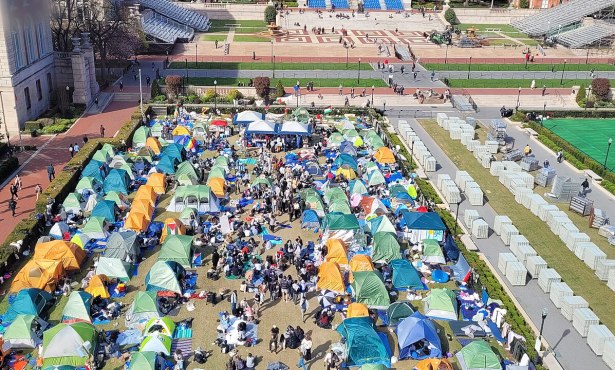
You must be logged in to post a comment.